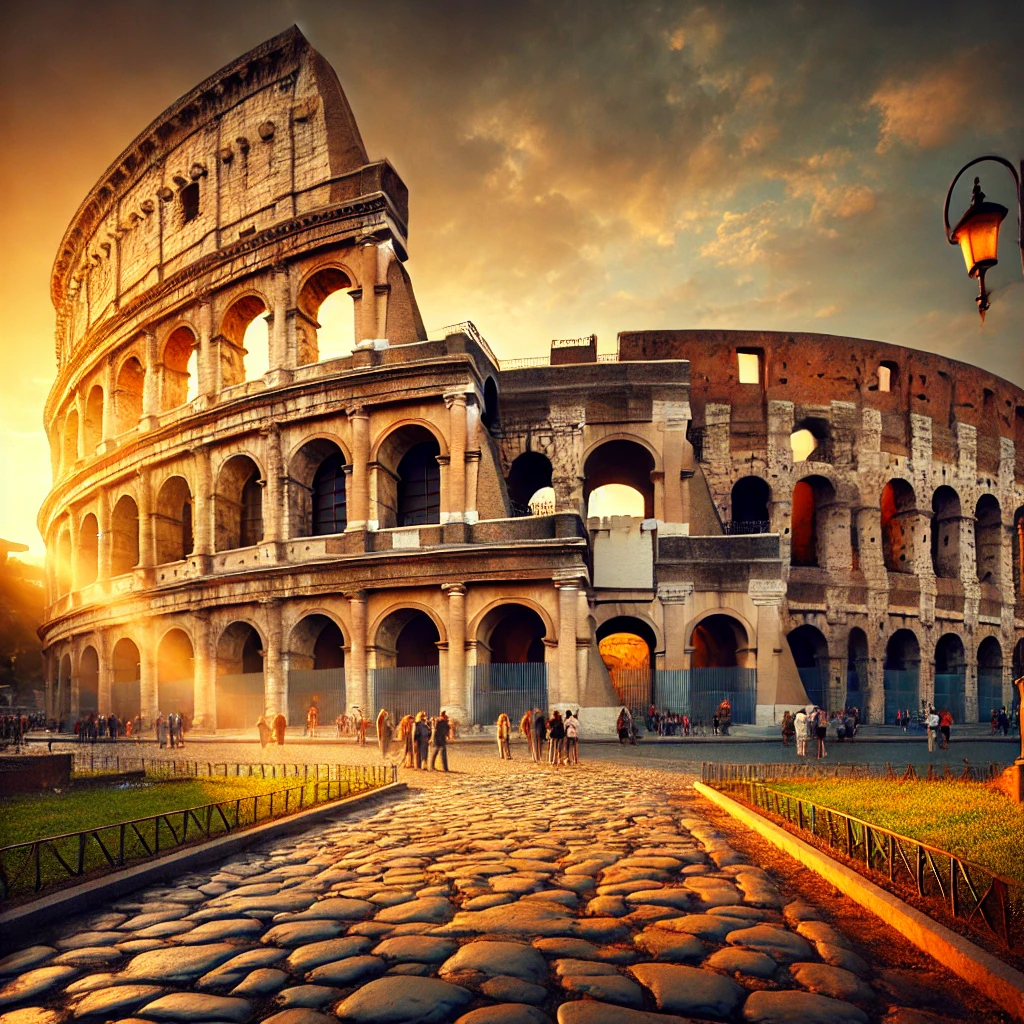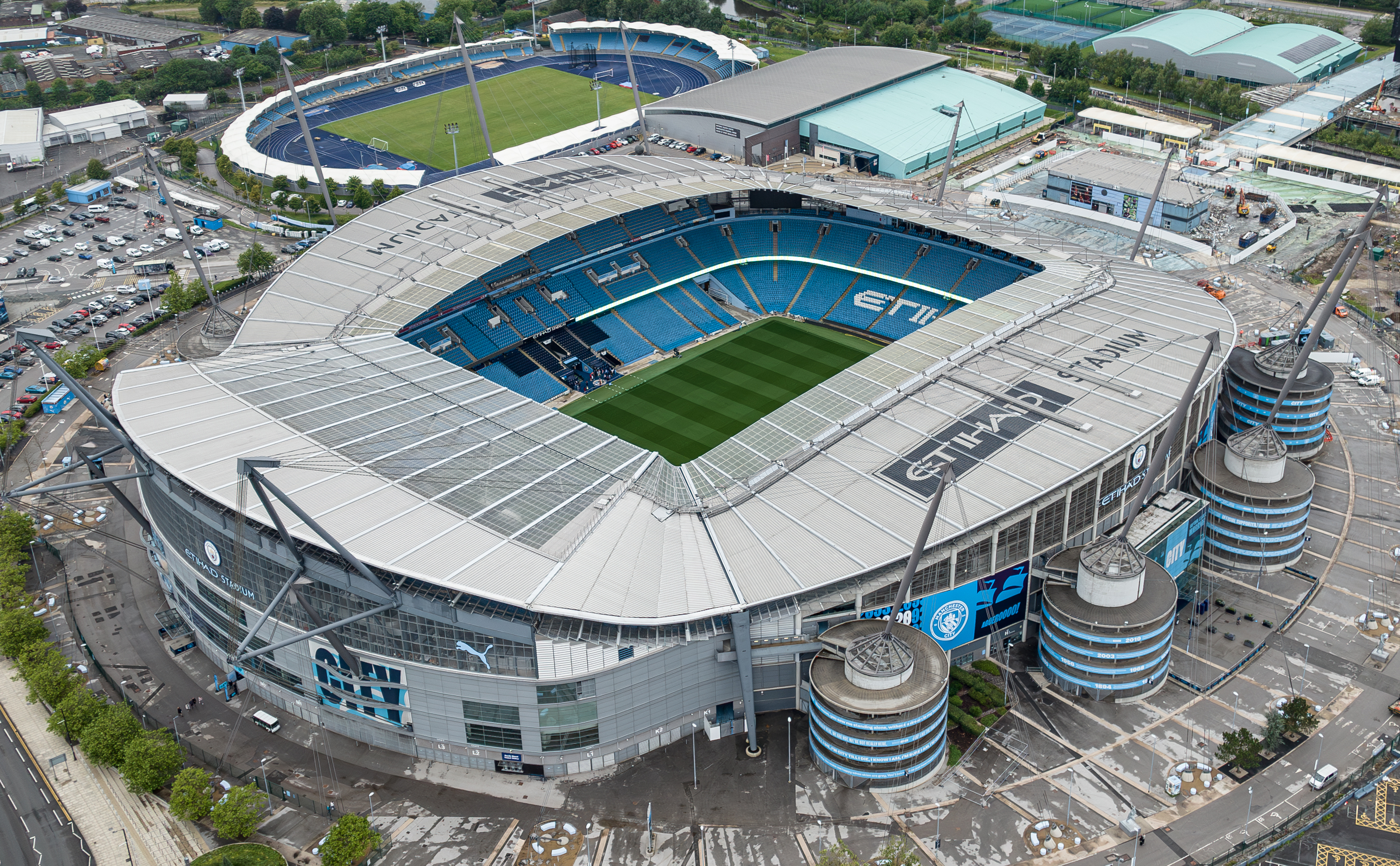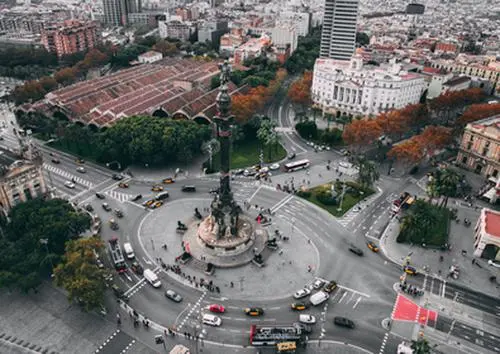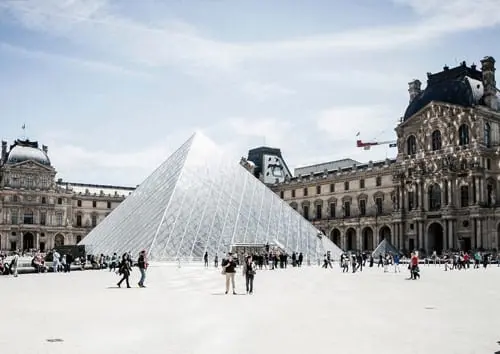Colosseum, Rome

The Colosseum, also known as the Flavian Amphitheatre, is one of the most iconic landmarks of Rome, Italy. This ancient structure, built nearly 2,000 years ago, is a symbol of Roman engineering and history.
History of the Colosseum
Construction of the Colosseum began in 72 AD under Emperor Vespasian and was completed in 80 AD by his son, Emperor Titus. It was primarily used for gladiatorial contests, public spectacles, and dramatic performances.
Architecture and Design
The Colosseum is an architectural marvel featuring:
- A massive oval structure with a seating capacity of around 50,000 spectators.
- Four levels with grand archways and decorative columns.
- A complex underground system called the hypogeum, where gladiators and animals were held before battles.
Top Attractions at the Colosseum
1. The Arena Floor
Visitors can stand on the arena floor where gladiators once fought in fierce battles.
2. The Hypogeum
The hypogeum (underground tunnels) reveals the hidden chambers and passages used for organizing battles and events.
3. The Upper Levels
The top levels provide a breathtaking panoramic view of Rome and the ruins of ancient Roman architecture.
4. The Arch of Constantine
Just outside the Colosseum, the Arch of Constantine is a significant monument celebrating Emperor Constantine’s victory in battle.
Best Time to Visit
The best time to visit the Colosseum is early in the morning or late in the afternoon to avoid large crowds. Spring and autumn offer pleasant weather for exploring.
How to Reach the Colosseum
The Colosseum is located in the heart of Rome and can be easily accessed by:
- Metro: Take Line B to the Colosseo station.
- Bus: Several buses stop near the Colosseum, including routes 51, 75, and 85.
- Walking: The Colosseum is within walking distance of other major attractions like the Roman Forum and Palatine Hill.
Interesting Facts
- The Colosseum is the largest amphitheater ever built.
- It was originally called the Flavian Amphitheatre.
- Over 500,000 people and one million wild animals are believed to have died in its events.
- Despite damage from earthquakes and looting, the Colosseum remains a UNESCO World Heritage Site.
Conclusion
The Colosseum is a must-visit destination in Rome, offering a glimpse into the grandeur of ancient Roman civilization. Whether exploring its underground tunnels or standing in the vast arena, visitors are sure to be captivated by its history and architectural beauty.

















